Date: 20 April 2015
Today, artificial lighting is ubiquitously available at the flick of a switch, but natural daylighting is once again pushing its way to the forefront of architectural considerations.Why?
.jpg)
First, there are the benefits to occupants. More studies are showing that exposure to natural light in the workplace improves worker mood, health and productivity. And studies in the area of healthcare also indicate that patient outcomes, such as healing faster, occur with access to more natural daylight. In addition, the push to make our buildings greener and tread more lightly on the environment means it’s no longer acceptable to simply flip a switch and ignore the available natural illumination provided each day by the sun.
So, it’s not surprising that a recent survey of 300 architects conducted on our behalf by Hanley Wood, a leading media and information company in the construction industry, found that virtually all of architects surveyed agreed or strongly agreed that people perform better in buildings when they are exposed to natural light. In addition, 98% of architects in the surveyed group agreed that people perform better when they have a view and connection to the outdoors.
As the old saying goes – there is no free lunch. With the sun, the “free” light comes with heat and glare, both of which require management if you care about occupant comfort and building energy use. This is where new technologies such as dynamic glass can make a significant contribution to building design and functionality.
TGraditional approaches to managing these aspects of daylighting typically involve some combination of external louvers, internal blinds and shades (often automated), as well as up-sized air conditioning systems. It’s a complicated, materially intensive (and therefore not all that “green”) combination of technologies that, by design, will limit occupant views to the outside. This is sub-optimal. Maintaining a view and connection to the outdoors is the reason we have windows in the first place.
About half of architects claim they are satisfied with solar control methods today. This suggests that about 50% of architects are looking for new methods of solar control that will enable them to enhance their designs, promote energy efficiency and optimize occupant comfort. New technology such as electrochromic glass (e,g, SageGlass) are providing architects with more options and design freedom.
As these technologies become more mainstream and cost-affordable, their presence in the commercial market will only increase. Architects and building owners are finding that when you tally up the up-front and ongoing costs of traditional solar control technologies such as mechanical blinds or shades (which can break down and aren’t going to clean and fix themselves), options such as SageGlass are more than competitive. Factor in the things SageGlass can do that traditional solar control methods can’t – like cut solar heat gain and glare while maximizing natural light and preserving views to the outside – and, really, there’s no comparison.

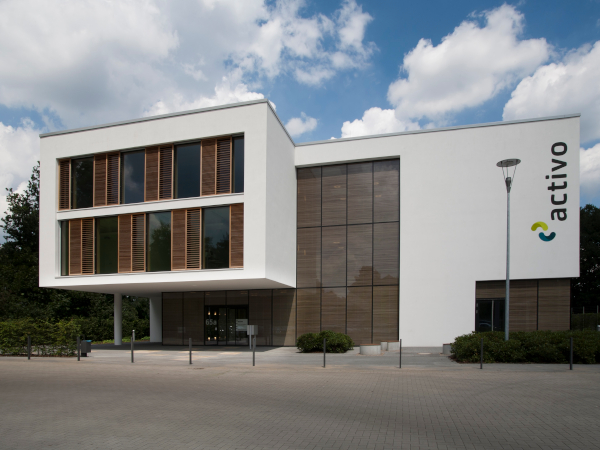
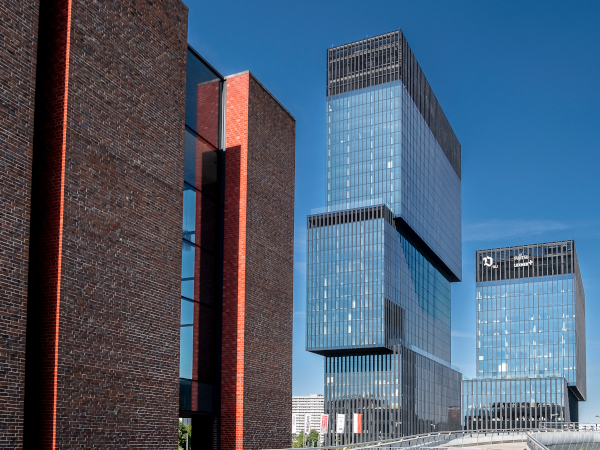

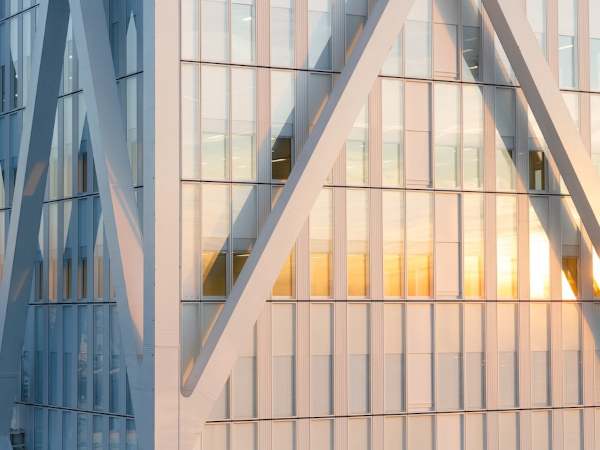







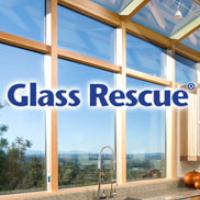



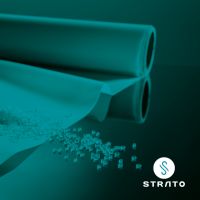

Add new comment